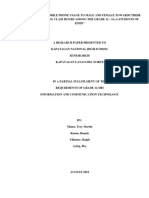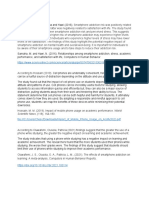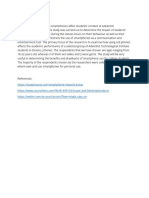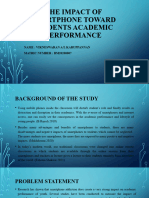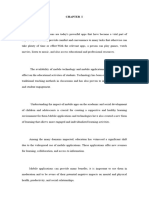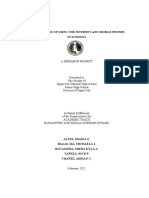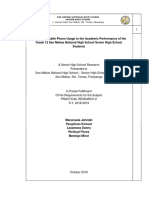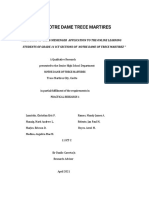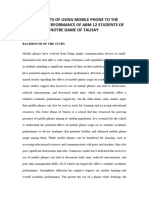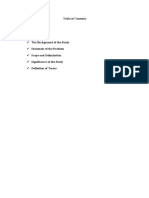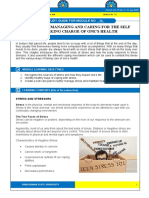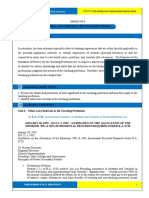0% found this document useful (0 votes)
2K views38 pagesEffects of Mobile Phone Usage To The Academic Performance of Grade 12 Learners
Uploaded by
Ronald CataCopyright
© © All Rights Reserved
We take content rights seriously. If you suspect this is your content, claim it here.
Available Formats
Download as PPTX, PDF, TXT or read online on Scribd
0% found this document useful (0 votes)
2K views38 pagesEffects of Mobile Phone Usage To The Academic Performance of Grade 12 Learners
Uploaded by
Ronald CataCopyright
© © All Rights Reserved
We take content rights seriously. If you suspect this is your content, claim it here.
Available Formats
Download as PPTX, PDF, TXT or read online on Scribd
/ 38

